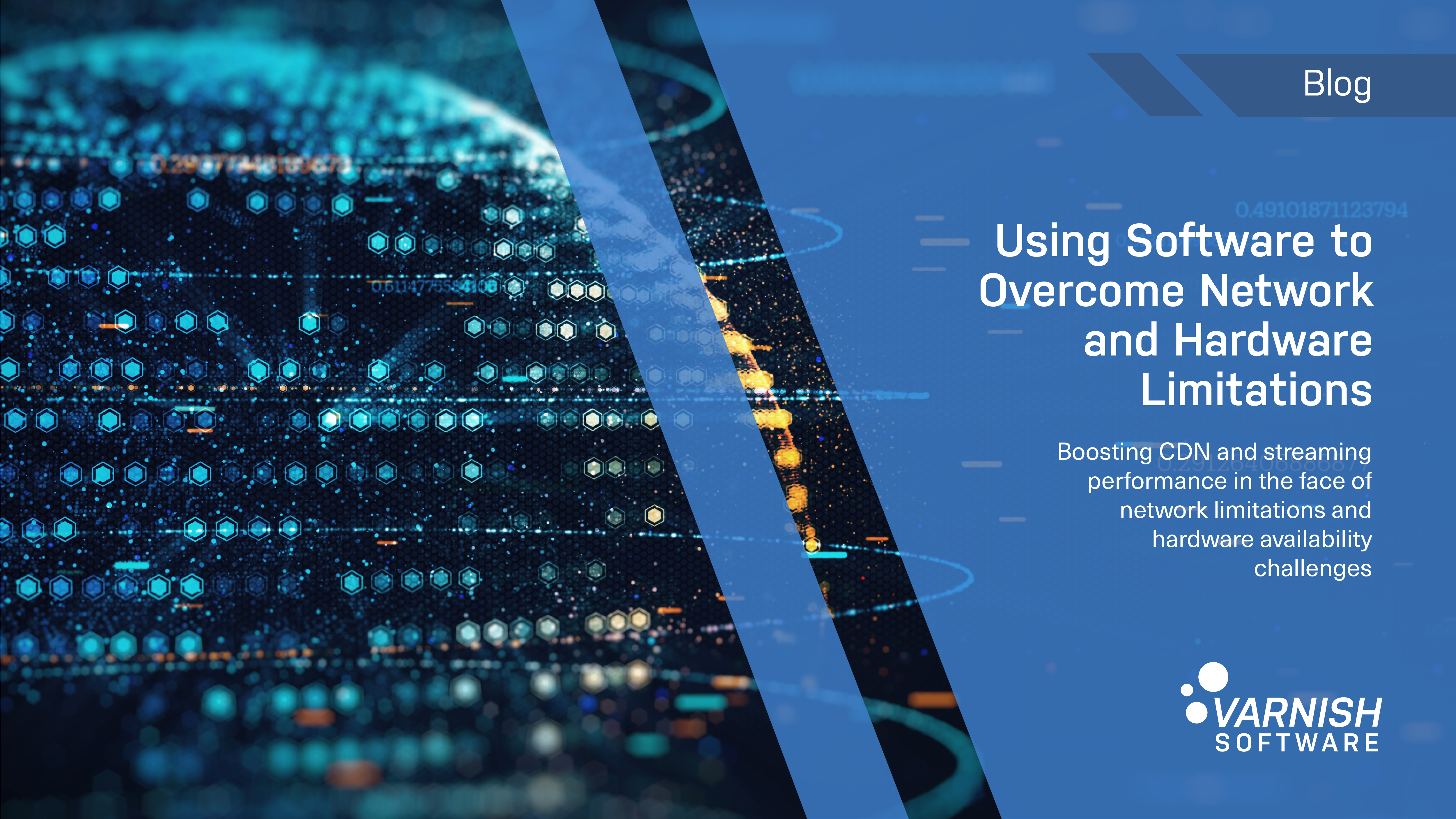When COVID-related lockdowns were introduced, and people started living their full lives at home, digitally connecting to everything, it became clear that bandwidth could pose a problem. Network limitations took the spotlight, and major streaming companies like Netflix and YouTube voluntarily reduced streaming quality of their services in a bid to keep the internet from collapsing. Mostly, the internet remained resilient in what consulting firm Deloitte has called a period of “Volatility, Uncertainty, Complexity and Ambiguity (VUCA)”.
Despite the ability to withstand the double-digit increases in demand that ISPs have experienced during the course of the pandemic, maximizing bandwidth remains a concern, although it is taking a backseat to a new problem: hardware shortfalls as a result of major supply-chain issues, especially semiconductors. Supply-chain problems are wide ranging, but the so-called “chip famine” pre-dates even the pandemic, when automakers struggled to get as many chips as they needed. The problem has continued to cascade from there, affecting the individual consumer as well as large-scale, high-growth industries that are now at the mercy of chipmakers.
The peaks and valleys of demand led to uncertainty, unpredictable ripple effects, and eventually an untenable situation for companies aiming to keep up with streaming demand while grappling with an inability to scale up their hardware. Fitch Ratings predicts that there is no end in sight for the semiconductor shortage, meaning it’s time to consider new strategies for CDN and streaming performance.
Keeping the stream going
High-growth companies seeking solutions for rapid scale-up are facing the worst of the convergence of problems, as their growth accelerates, and they start to reach more markets and verticals. Expanding the reach, whether in streaming, e-commerce, or something else, creates a massive footprint that exacerbates the bandwidth and hardware challenges described. And as they turn to so-called hyperscalers to power this scalability, they find that the struggle is real: as these companies experience extreme growth, the underlying support technologies, such as cloud resources and hosting that hyperscalers provide, start to become more difficult to source, unreliable or expensive.
How is it possible to handle the shortage of resources, especially the chip shortage, and continue to deliver high throughput from a smaller footprint? The answer is surprising and involves a new approach to hardware management: building a software-driven architecture to extend the power of caching.
Implementing a software-driven CDN architecture
A software-driven architecture using Varnish as a caching engine lets streaming providers get more performance out of existing hardware. At the same time, it enables them to deliver more from a smaller footprint and keep hardware usage, energy usage and costs low.
How does this work? With caching software, companies can put points of presence (PoPs) at the network edge, ensuring that content gets to end users faster through efficient content distribution, reducing bandwidth use and costs. This automatically shields the origin from traffic request overloads, which not only tax the origin but can become expensive, and facilitates scale and reliability.
How Varnish caching technology lets you overcome limitations
Varnish lets companies take control of performance and scalability, even in the face of constraints that are not within their control. Varnish enables maximizing existing resources with record-breaking 500 Gbps throughput levels for next-gen CDNs, helping to meet the demands of peak capacity at high bandwidth and user density.
- Scale in the face of hardware and bandwidth shortages - maximize the resources you already have.
- Reduce costs - no need for investment in new hardware, if you can get the hardware at all.
- Ensure uptime and reliability - origin shielding both as audience demand increases without adding more hardware.
Learn more. Watch the Under the Hood video 👇
/VS-logo-2020-197x60.png?width=136&height=60&name=VS-logo-2020-197x60.png)




